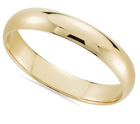 Thousands of girls around the world dream about marrying a prince, almost as many guys wish to get a princess as a wife. But in real life, is it something worth dreaming about? British Queen Victoria tried to marry her children and grandchildren to monarchs across Europe because she wanted to make as many alliances as she could. She even got the title “grandmother of Europe”. But what did the royal offspring get from such marriages? Did they manage to keep the throne obtained by marriage? And was it a win for Europe in general?
Thousands of girls around the world dream about marrying a prince, almost as many guys wish to get a princess as a wife. But in real life, is it something worth dreaming about? British Queen Victoria tried to marry her children and grandchildren to monarchs across Europe because she wanted to make as many alliances as she could. She even got the title “grandmother of Europe”. But what did the royal offspring get from such marriages? Did they manage to keep the throne obtained by marriage? And was it a win for Europe in general?
The last British royal wedding between Prince William and Kate Middleton brought together 1,900 guests, many of whom were pretty high-profile people. Footballer David Beckham was there with his wife and fashion designer Victoria Beckham, Elton John was there too.
But this photo might be the most impressive of all because here you can see the Queen of Spain and the Prince of Spain, next to the princess of Sweden, the former king of Greece is behind them, and way back there is the former king of Romania. They were invited because they're all related to Prince William's great-great-great-great-grandmother Queen Victoria.
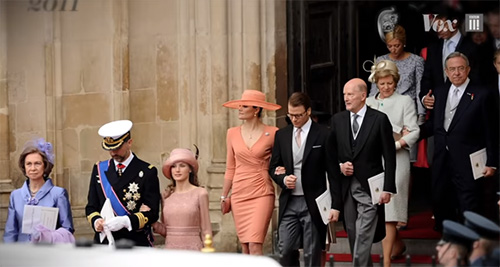
Over the course of her 63-year reign, she strategically planned marriages to place her descendants in royal families all over Europe (Great Britain, Russia, Spain, Prussia, Greece, Denmark, etc) and in doing so, created one of the most remarkable royal families in history.
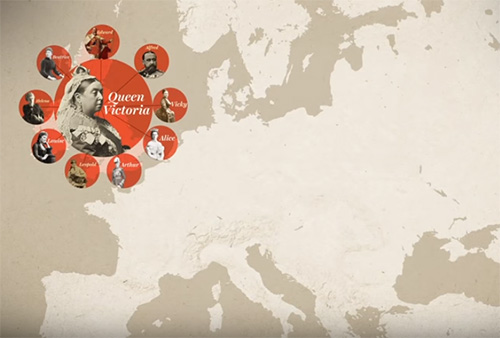
By the early 19th century, Europe had been at war for decades. After the French revolutionary and Napoleonic Wars killed millions, European leaders came together to restore peace by reshaping major states for a new balance of power.
Great Britain went on to become one of the strongest states and years later, Queen Victoria and her husband Albert came up with a plan to maintain that political power. They married their children to monarchs across Europe.
“And at that time, you know, all royal marriages were fundamentally about dynastic unions, about cementing political allegiances, about building new political alliances”, says Helen Rappaport, British historian.
It started with their daughter Vicki, the eldest of 9 children. She married the heir to the Prussian throne, the largest and most powerful of the German states.
“Albert's vision had always been – and Victoria’s shared it – that Prussia of all the German states was the one that would end up leading the way towards a great unified Germany. They wanted to build strong connections with Germany and see them as being a force for good and constitutional benign monarchy across Europe”, adds Helen Rappaport.
Their children Alice, Beatrice, Helena, Leopold, and Arthur also married German royalty. Their eldest son Prince Albert Edward married a Danish princess, whose brother was the king of Greece – two more important European states. But when their son Alfred wanted to marry the daughter of the Russian tsar, things became a bit more complicated.
“There was a long history about Queen Victoria's deep-deep apprehensions about Russia, for any of her children marrying into Russia. The Russian monarchy was an autocracy, whereas the British monarchy as such was a constitutional monarchy. There was a whole long period of russophobia in Britain”, narrates Helen Rappaport.
The two states were also extremely competitive over territory in Central Asia and Eastern Europe where they fought a bloody war in the 1850s.
But the marriage was allowed and by the 1880s, Queen Victoria's children were in several important branches of Europe's monarchies.
But did it bring peace to Europe? Not quite.
See, Germany did unify in 1871 but it wasn't peaceful. Prussia fought a series of bloody wars and consolidated the other German states. In Russia, the royal Romanov family was losing its grip on power; members of the monarchy were being hunted and the tsar was assassinated in 1881.
The royal unions didn't play out as Queen Victoria planned but she continued to make more matches anyway. She had 42 grandchildren in total, and seven of them ended up on royal thrones.
The eldest Wilhelm II, who was already in line to be the next emperor of Germany, married German princess in 1881. The hope was that he would steer a unified and powerful Germany into an alliance with Great Britain.
George was in line to be the king of Great Britain and married a minor British royal family member.
Alexandra married Nicholas, who was related to George and Wilhelm, and both became the tsar and czarina of Russia.
And 4 more granddaughters married European royalty (of Spain, Greece, Norway, and Romania), fulfilling Victoria's vision.
“When you look at Queen Victoria by the end of her life, she really was the grandmother of Europe”, adds Helen Rappaport.
Take for example this family photo from 1894, where Queen Victoria's with her daughter and grandson, the rulers of Germany; her son, Britain's next king; and her granddaughters, the future czarina of Russia and the future queen of Romania.
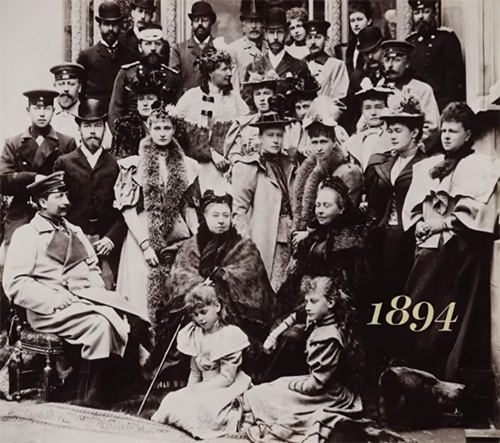
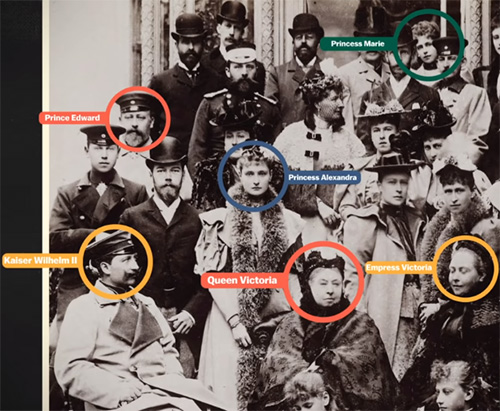
Here's the soon-to-be king of England and his look-alike cousin, the soon-to-be tsar of Russia.
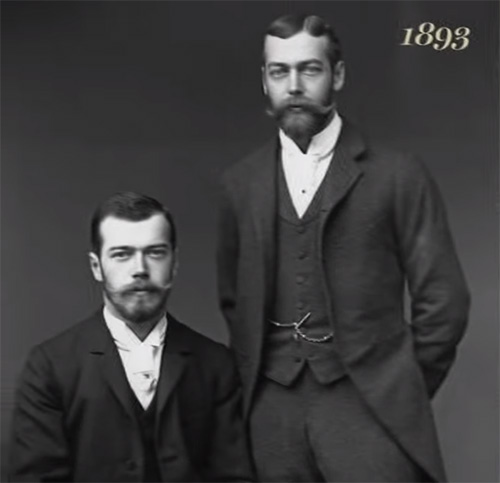
After her death, the family ties that Queen Victoria had strung around Europe, would not bring peace but the most destructive war Europe had ever seen. World War I broke out in 1914 and split this family apart. Wilhelm's Germany, along with Austria, Hungary, and the Ottoman Empire, fought an alliance led by Britain, Russia, and France. Spain and Norway were neutral.
“Say, Victoria had lived till we were on the brink of war. I think it would have broken, totally broken her heart to know that her grandchildren ended up at war with each other”, says Helen Rappaport.
The war killed over 10 million people and ended the era of monarchy in Europe. Wilhelm, Sophia, and Maria were forced to abandon their thrones. Revolution swept through Russia, and Alexandra and Nicholas were executed by communists. British monarchy survived but the war forced them to rethink their political strategy.
“King George V and his wife Queen Mary were very, very astute. They saw that the monarchy had to be more people-friendly, had to be more accessible. Not just sitting there in great robes, in glory, with their crowns on. Had to be much more out on the street and so on, meet the people, win their confidence. Kind of monarchy we now have with Queen Elizabeth”, explains Helen Rappaport.
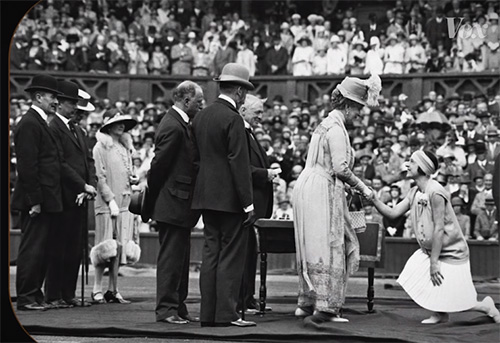
That approach not only helps modernize British monarchy over the last century, but it also changed the face of royal weddings forever.
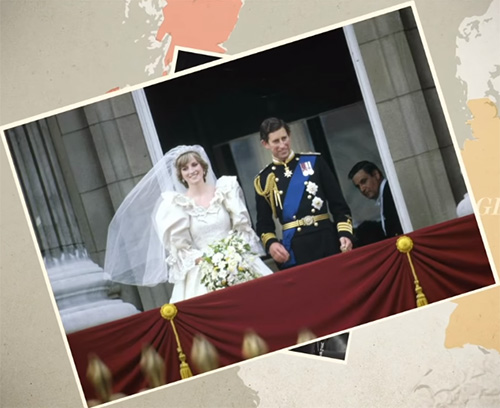
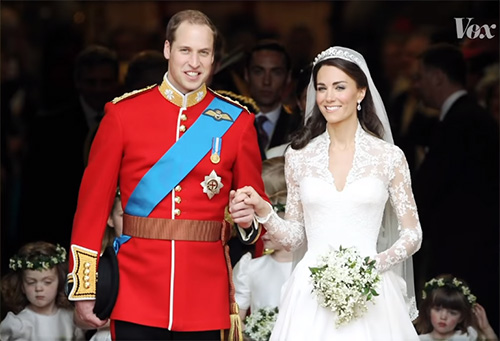
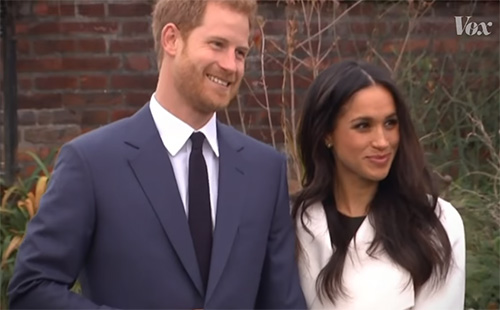
(c)
